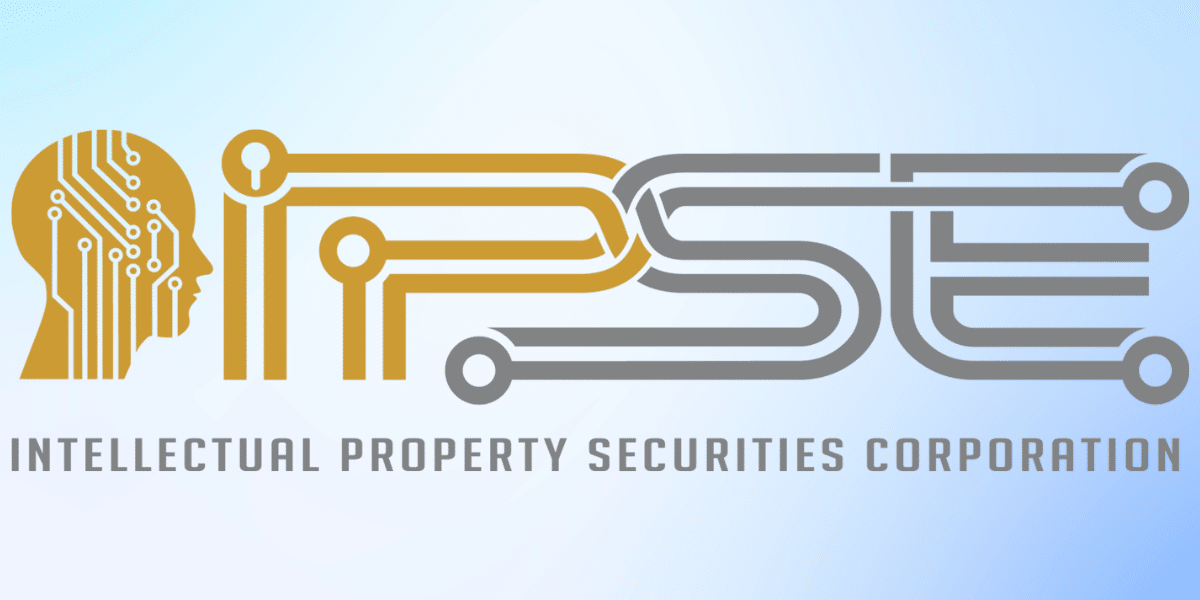By: Nic Abelian
The Intellectual Property Securities Corporation (IPSE) is transforming the world of asset securitization by introducing Intellectual Property Securities, a groundbreaking approach to capitalizing on intellectual property (IP) assets. Unlike traditional securitization methods that require a company as a middle entity to list assets on financial markets, IPSE’s model allows IP assets, such as films, patents, and other creative works, to be directly listed and traded on securities markets. This innovative platform empowers IP owners to unlock the full value of their assets, making them accessible for investment in the same way that conventional securities are bought and sold.
IPSE was established with a singular vision: to bridge the gap between intellectual property and the financial markets. Led by Marc Deschenaux, an international financier and the holder of a patent for Intellectual Property Securitization, IPSE is pioneering this concept with the goal of redefining how IP assets are valued and traded. Through Intellectual Property Rights Offerings (IPRO), IPSE allows IP holders to raise capital by offering direct securities tied to their assets. These offerings are a significant step forward in asset securitization, eliminating the need for third-party intermediaries and providing investors with a straightforward way to invest in intellectual property.
Marc Deschenaux’s patented approach to IP securitization means that IPSE is currently the sole provider of Intellectual Property Securities. This exclusivity gives IPSE a unique market position, allowing it to set standards for this new asset class. Deschenaux’s experience in international finance, combined with his expertise in intellectual property, positions IPSE as a leader in this emerging sector. His innovative approach aims to ensure that intellectual property, previously considered an intangible asset challenging to value or invest in, now holds real, measurable value on the market. For more insights into Deschenaux’s work, visit marc.deschenaux.com.
IPSE’s model, offered through IPSEinc.com and further supported by resources on IIPRO.org, provides IP owners with a streamlined pathway to financial markets. Through IP Rights Offerings, intellectual property assets can now be valued, listed, and traded as standalone securities, allowing artists, inventors, and content creators to monetize their IP in a way that was previously only possible for corporations. This model not only democratizes access to capital for IP owners but also introduces investors to a novel asset class that diversifies traditional portfolios with IP-backed securities.
The process of bringing IP to market through IP Rights Offerings begins with a comprehensive evaluation of the asset, determining its potential market value and investment appeal. Once an IP asset is ready, IPSE lists it directly on traditional financial exchanges, bypassing the need for a corporate entity to represent the asset. This direct listing model marks a significant departure from conventional asset securitization, making intellectual property as accessible as stocks or bonds in financial markets. It also allows IP owners to retain greater control over their assets, empowering them to leverage their creations without forfeiting ownership or operational oversight.
IPSE’s innovation reflects a broader trend of seeking new ways to capitalize on intangible assets, providing investors with opportunities to diversify their portfolios with intellectual property in various forms. For example, a film producer could use IPSE’s model to list the rights to a film on a securities exchange, aiming to allow investors potential participation in the future performance of the asset. This capability to directly monetize and securitize intellectual property is one of IPSE’s compelling offerings, as it converts creative works into financially tangible assets available for public investment.
With IPSE’s model, intellectual property is no longer confined to closed markets or private transactions. Instead, it can be valued and exchanged in public markets, offering opportunities for potential investment growth and asset diversification. IPSE’s approach to IP rights aligns with its mission of making intellectual property a viable asset class on par with more traditional securities. The company’s strategy ultimately offers IP holders unprecedented flexibility, enabling them to attract investors without giving up creative or managerial control.
As IPSE continues to establish itself in the financial sector, it stands poised to reshape how the market perceives and interacts with intellectual property. Investors looking for alternative asset classes now have access to IP-backed securities that may offer potential for steady growth. This new approach brings greater transparency, flexibility, and opportunity to both IP owners and investors, reinforcing IPSE’s role as a trailblazer in the intersection of finance and intellectual property.
For more information on Intellectual Property Securities and upcoming offerings, visit IPSEinc.com and explore more about Intellectual Property Rights Offerings at IIPRO.org. With its commitment to expanding access to capital for IP holders and diversifying investment opportunities, IPSE is set to make a lasting impact on both the financial and intellectual property sectors.
Disclaimer: This content is for informational purposes only and does not constitute financial or investment advice. Investment in securities carries risk, including the potential loss of principal. You should consult a qualified financial advisor or other professional before making any financial or investment decisions.
Published by: Nelly Chavez













